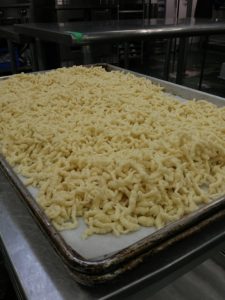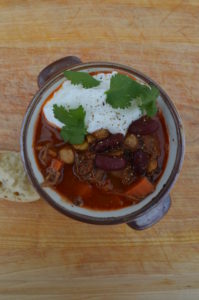 Chili is one of the great North American dishes, and one that is especially relevant and useful in modern life, as it is a hearty one-pot meal that can be put together and left to cook in a crock pot or low oven for several hours.
Chili is one of the great North American dishes, and one that is especially relevant and useful in modern life, as it is a hearty one-pot meal that can be put together and left to cook in a crock pot or low oven for several hours.
I’ll argue that the only two essential ingredients in chili are meat and beans. When I was growing up that meat was always, always ground beef, though I have to say I really like using shredded or cubed braised beef like brisket or chuck. For beans you are not beholden to the canned red kidney beans of my childhood: any and all pulses are great. These days my kitchen always has dried pinto and … Continue reading.
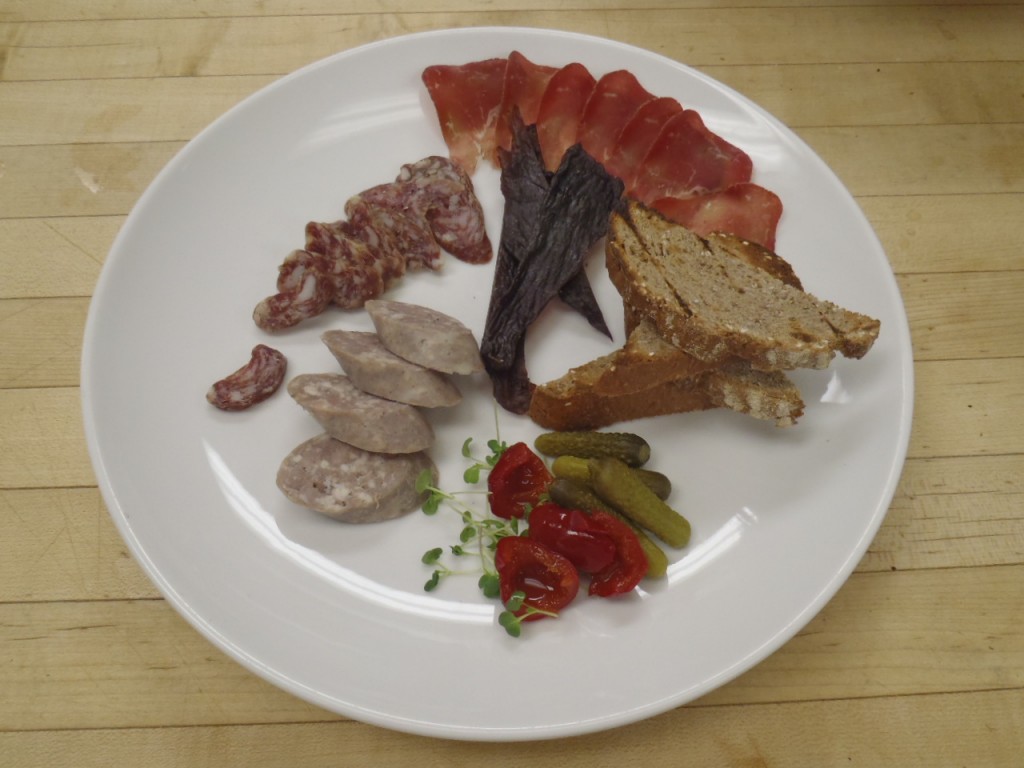
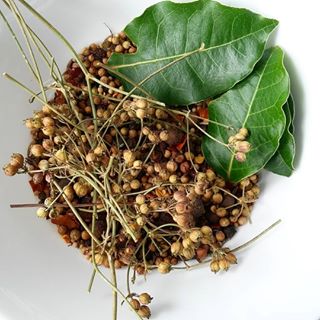
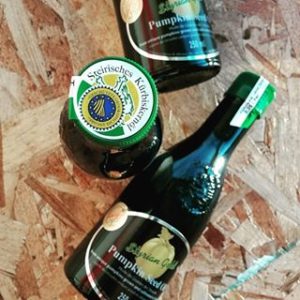

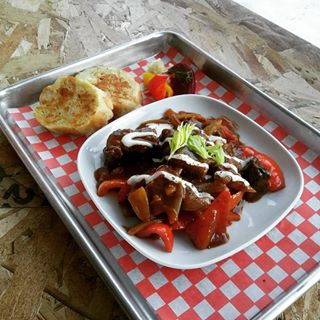 Goualsh is a beef stew originally from Hungary but eaten all over Central Europe. It is the kind of preparation that Europeans will fight to the death over. Matters like whether it is properly called a stew or a soup, whether it contains tomatoes, or potatoes, or what starch it is served with (if any) often become violent. It is estimated that 12 Europeans are killed every year in goulash-related arguments.[1]
Goualsh is a beef stew originally from Hungary but eaten all over Central Europe. It is the kind of preparation that Europeans will fight to the death over. Matters like whether it is properly called a stew or a soup, whether it contains tomatoes, or potatoes, or what starch it is served with (if any) often become violent. It is estimated that 12 Europeans are killed every year in goulash-related arguments.[1]